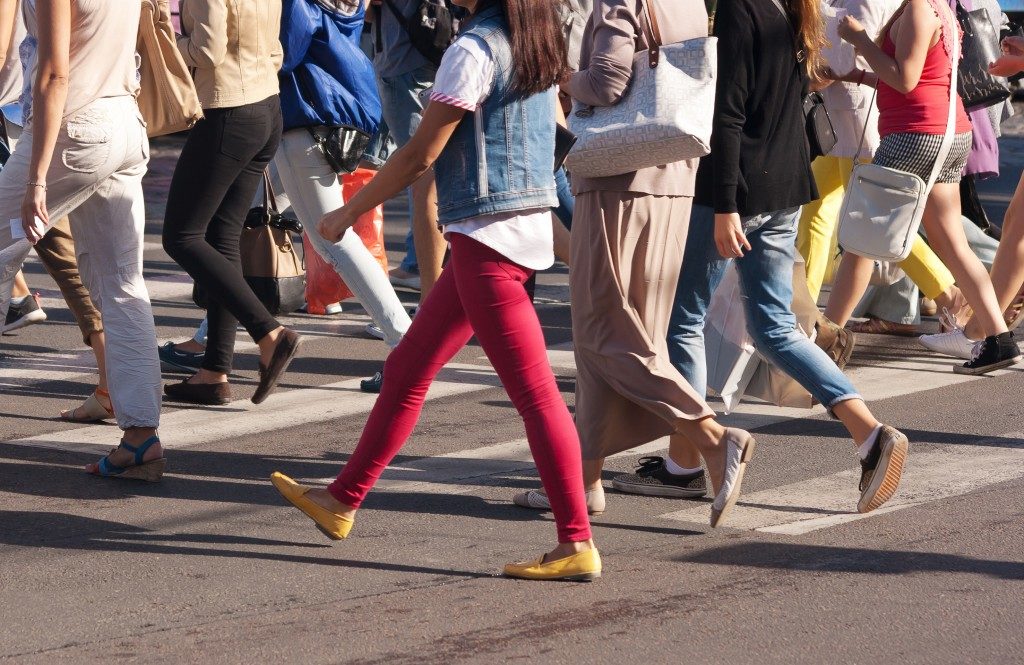Denim is the ultimate fashion staple, and this fabric is no longer limited to jeans. There are denim jackets, cutoffs, skirts, boots, canvas shoes, and button downs – sparking the denim-on-denim trend. Jeans are available in almost every clothing store, from the popular Wrangler to more understated names, like Cinch, the Western clothing brand.
When people think of jeans, they often associate these with Levi Strauss, the man behind the multi-billion denim company. But the original purpose of jeans wasn’t just for fashion and aesthetics. The birth of blue jeans emerged through surprising circumstances, and the earliest version barely resembles the ones the world knows today.
The Birth of Blue Jeans
Although it’s still unconfirmed, some people believe that denim originated from France. The story is that in the 18th century, people in Nimes, France attempted to imitate serge, a sturdy Italian fabric. They failed to replicate serge, but in the process, textile manufacturers unintentionally discovered denim. The fabric they made is “Serge de Nimes,” which is where the word “denim” came from.
The more widely accepted origin story of the blue jeans stars Jacob Davis. The year was 1871, and tailor Davis had a little problem. The pants he was making for miners weren’t strong enough to withstand the harsh conditions in mines. This was the period when Gold Rush was at its peak, so plenty of men were heading West and would suffer through ruthless climates and conditions just to earn money.
The harsh environment easily destroyed pants made of cotton and other traditional fabrics in just several weeks. So one of the miner’s wife asked Davis to create pants that could resist some abuse. He took inspiration from the metal fasteners he used on harnesses and other metal objects, then he came up with riveted trousers.
As more and more miners patronized his invention, Davis knew he had to protect his idea. By this time, Levi Strauss, a German immigrant had already moved to San Francisco and opened a dry-goods store. Davis went to Levi and together, they patented the pants strengthened with rivets, which would be known as “waist overalls.”
Eventually, Davis moved to San Francisco and started mass producing riveted pants with Levi, which birthed Levi Strauss & Co.
Jeans as a Cultural and Fashion Icon

In 1890, the emergence of the timeless Levi’s 501 fueled the popularity of jeans. When the patent ended in 1890, other players joined the field and made their own versions of jeans. This marked the birth of OshKosh B’Gosh, Lee Mercantile, and Blue Bell (Wrangler today).
Come the ’20s and ’30s, Hollywood helped intensify the almost romantic perception on jeans. Handsome cowboy types, like Gary Cooper and pretty actresses, like Ginger Rogers were always dressed in jeans, convincing men and women that this piece of clothing is desirable.
By the ’80s, high fashion adopted jeans as well. Designer Calvin Klein was the first to showcase blue jeans on a runway in 1976. He later used denim pants in an ad campaign starring Brook Shields. This, along with Claudia Schiffer’s daring ad for Guess, gave blue jeans a new kind of seductive potential.
In the ’90s, prestigious names, like Dolce & Gabbana, Versace, and Dior had also joined the jeans craze. Late in the 20th century, blue jeans gained cultural significance on a large scale. Nancy Davis, a curator from the National Museum of History, said, “When people think of America, they think of blue jeans.”
Today, almost every clothing shop carries jeans, from luxury and high-fashion labels to more affordable brands. They’re available in a multitude of styles and colors and varying price points. Since the day Davis and Strauss created them, denim pants have been sturdy, reliable, and comfortable, which is why they’re as popular as they are until today. Nothing is as dependable as a good pair of jeans.

